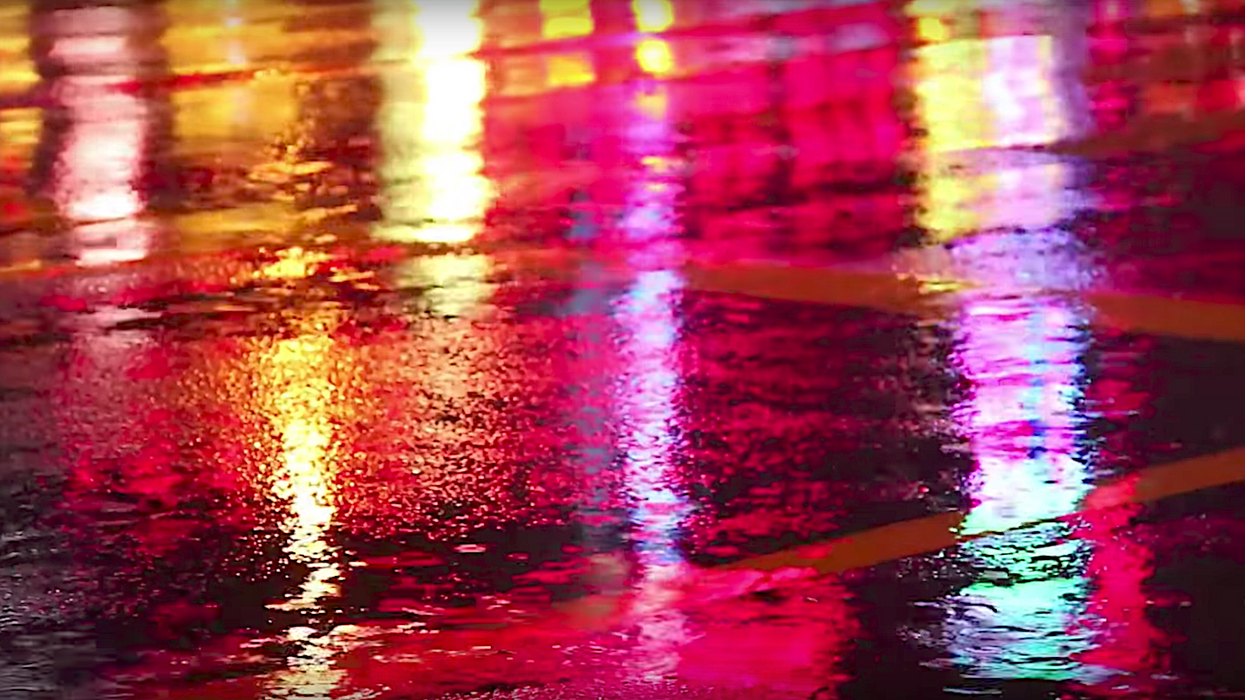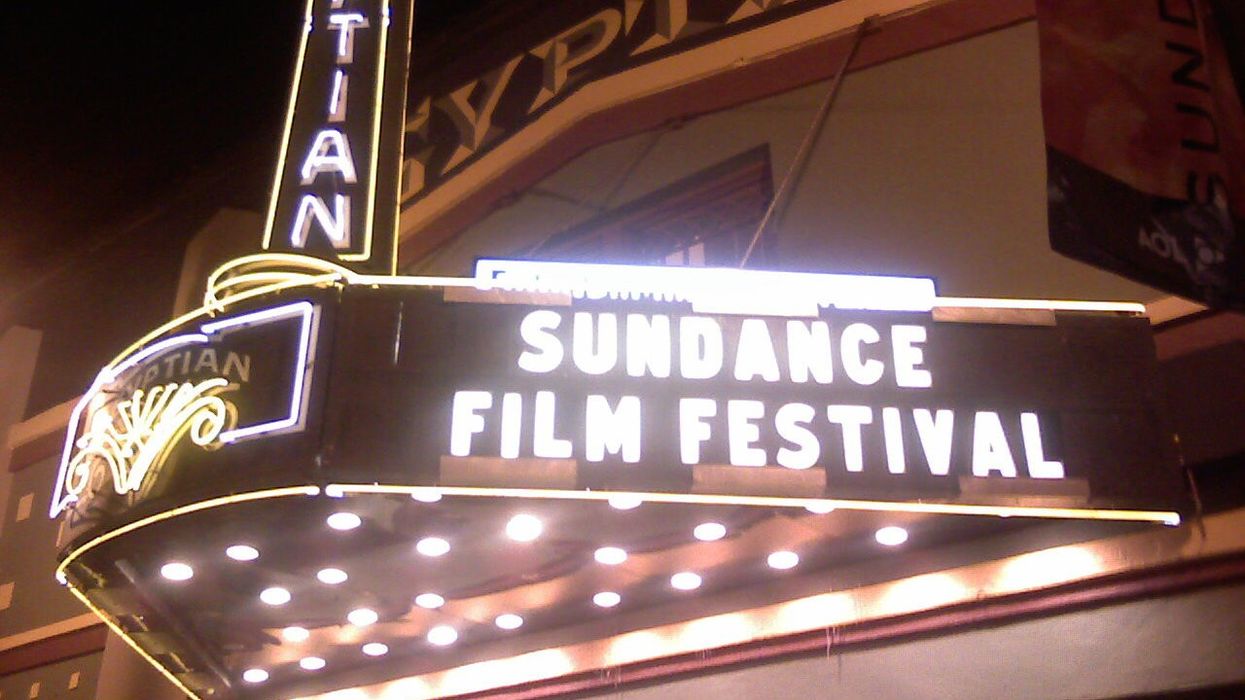Editing 101: What Are J and L Cuts (and Why Should You Be Using Them)?
One of the most helpful editing techniques is also one of the easiest.

We all know that editing is a complicated craft that requires years of experience to achieve even a modicum of proficiency, but there are some techniques you can learn that can help up your editing game right here, right now. One of those techniques is called the "J" or "L" cut. What the heck are those? Well, editor Justin Odisho not only provides a great explanation of what they are and what they do in the video below, but he also gives you a quick demo to show you exactly how helpful they can be when you need to transition from one shot, scene, or sequence to another.
For those of you who have gone to film school, taken an editing course, or read a book about editing, J and L cuts might've been one of the first techniques you learned about. To explain, a J cut, so named because the clip looks like a little "J" in the timeline, is when the audio of the next shot precedes the video, and an L cut, so named because (you get the point), is when the video of the next shot precedes the audio. Confused? Yeah, I'm not the best at explaining.
You can find good examples of J cuts at the end of one scene (Scene A) and the beginning of another (Scene B): as you watch the video from Scene A, you can hear the audio (only) from Scene B. This is why J cuts make great scene transitions. When it comes to L cuts, good examples can be found in dialogue scenes: as Person A speaks, the video (only) switches to Person B. (In fact, dialogue scenes are chock-full of J and L cuts.)
Yes, these cuts are super basic, but they're also really important and helpful when you need a way to transition between shots. In fact, one of the more common things you tend to see in videos edited by beginners is a lot of hard cuts—cuts that don't use any transitions.
Now, that's not necessarily a bad thing—I personally love a good hard cut from a quiet, still moment to a loud, busy one—but as an editor it's important to know what kinds of tools you have at your disposal to create deeper, more purposeful and meaningful edits in your films. And I honestly don't know how anyone could edit a dialgue scene without these babies. (If you do, let me know in the comments below.)
Source: Justin Odisho











